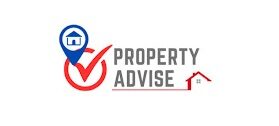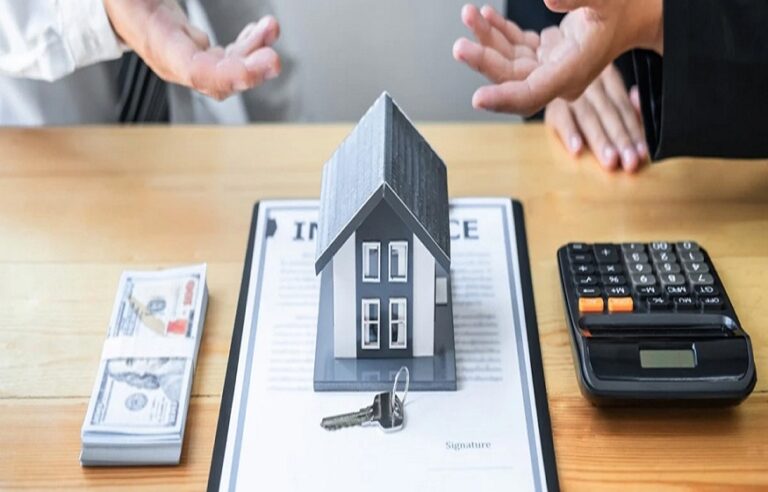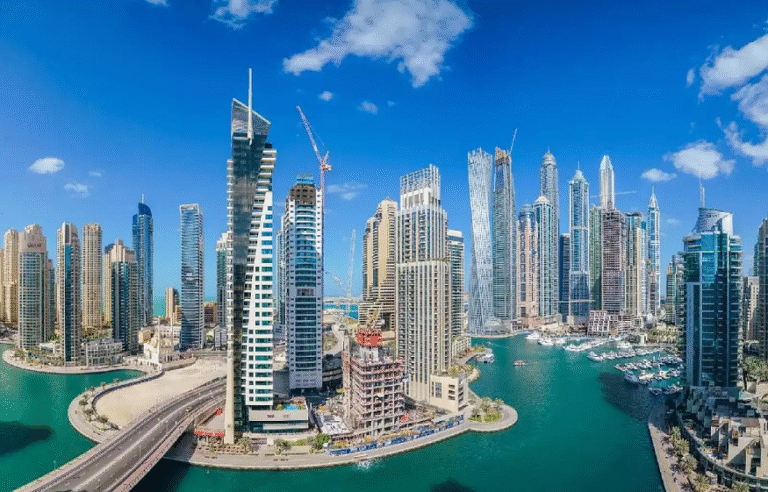At a glance:a
- Prime Location: High foot traffic, good road access, and visibility.
- Market Fit: Align with local demographics and demand.
- Property Quality: Check structural integrity and flexible layout.a
In the dynamic world of property investment, retail spaces present a compelling opportunity to diversify investor’s portfolios and achieve substantial returns. However, navigating the complexities of commercial real estate can be daunting without a well-defined strategy. Whether you’re a seasoned investor or a newcomer to the market, understanding the critical factors that influence the success of retail property investments is essential. Here are five key factors to consider when buying retail space for investment in Melbourne.
Location and Accessibility:
The location of your retail space impact its success and profitability. Areas with high foot traffic, proximity to major roads, and ease of access for both customers and delivery services. Retail spaces in bustling commercial hubs or well-established shopping districts tend to attract more customers, ensuring a steady flow of revenue.
Furthermore, consider the property’s visibility. Properties located in prominent areas with excellent signage opportunities are more likely to draw attention from potential customers. As the saying goes, in real estate, it’s all about “location, location, location.”
Market Analysis and Demographics:
A thorough market analysis to identify the demand for retail spaces and the types of businesses that thrive in the area. Understanding the local demographics—age, income levels, lifestyle, and purchasing habits—can help you determine the most suitable tenants for your property.
For example, a retail space in a family-friendly suburb might be ideal for a grocery store, toy shop, or daycare centre. At the same time, a property in a bustling business district may attract cafés, boutiques, and tech stores. Aligning your investment with the needs and preferences of the local population is crucial for long-term success.
Property Condition and Layout:
The condition and layout of the retail property are critical factors that can influence its attractiveness to potential tenants. Before making a purchase, conduct a detailed inspection to assess the property’s structural integrity, electrical systems, plumbing, and overall maintenance. Properties in good condition, with minimal repair needs, appeal to tenants and command higher rental rates.
Additionally, consider the layout of the space. A flexible format that can be adapted to different business needs is a significant advantage. Open floor plans, sufficient storage, and well-designed customer areas can make the property more versatile and attractive to a broader range of potential tenants.
Lease Terms and Tenant Mix:
When investing in retail property, understanding the lease terms and the existing tenant mix is essential. Evaluate the length and terms of current leases, as well as the stability and reputation of existing tenants. Long-term leases with reputable tenants provide a stable and predictable income stream, reducing the risks associated with vacancies.
Moreover, consider the tenant mix within the property. A diverse mix of tenants can enhance the property’s appeal, drawing more customers and reducing the impact of any single tenant’s business fluctuations. Avoid properties heavily reliant on a single type of tenant or industry, as this can expose you to higher risks if that sector faces economic challenges.
Economic and Regulatory Environment:
The economic and regulatory environment in Melbourne plays a significant role in the success of your retail property investment. Stay informed about local economic trends, employment rates, and consumer spending patterns, as these factors can influence the demand for retail spaces.
Additionally, be aware of local zoning laws, building codes, and other regulations that affect your property. Understanding the regulatory environment helps you avoid potential legal issues and ensures that your property remains compliant with local laws.
BONUS
Future Development and Competition:
Finally, consider the area’s future development plans and the level of competition your retail property will face. Investigate any upcoming infrastructure projects, new commercial developments, or changes in zoning laws that impact its attractiveness. Areas with planned improvements or developments often see an increase in property values and demand.
Similarly, assess the competitive landscape. Understand the strengths and weaknesses of nearby retail properties and identify opportunities to differentiate your property. Offering unique features, superior amenities, or competitive lease terms can give you an edge in attracting and retaining high-quality tenants.
Investing in commercial property in Melbourne offers numerous opportunities for growth and profit. By carefully considering these five factors—location and accessibility, market analysis and demographics, property condition and layout, lease terms and tenant mix, economic and regulatory environment, and future development and competition—you can make informed decisions that maximise your returns and ensure long-term success.











+ There are no comments
Add yours